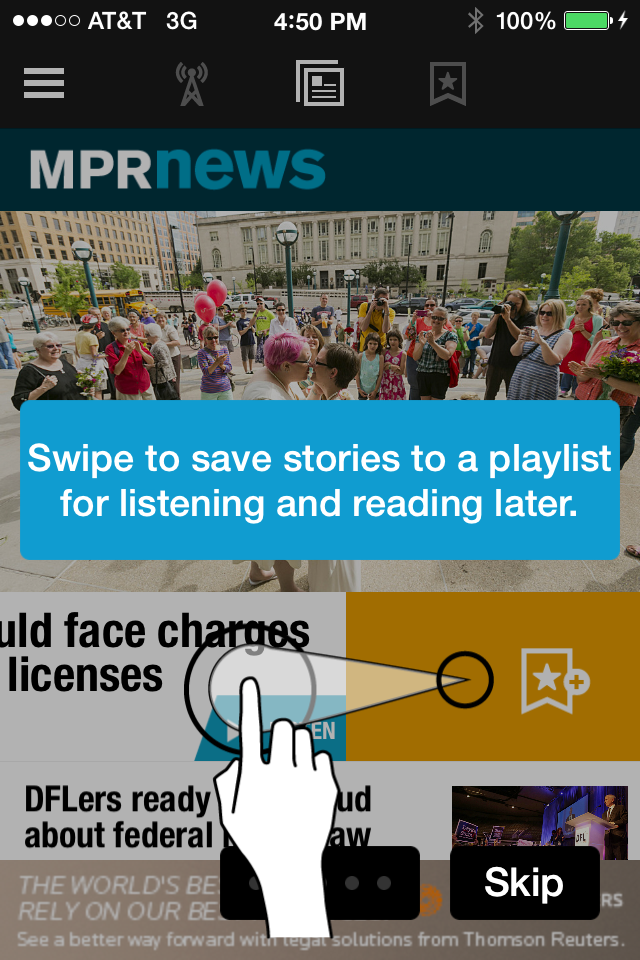- Go back to your thoughts/ideas about mobile devices and apps. Has anything changed as a result of this experience?
I am seriously considering purchasing a tablet device and I will definitely be upgrading my smart phone later this year, but I need to save up the money first. I am also paring down the apps that I do use and the apps that I tried and weren't fond of. I think the best apps are the ones that someone makes use of regularly.
- What were your favorite Things and discoveries?
I really enjoyed the Things that allowed me to think creatively about the library, even if I might not be able to use them myself in my day-to-day job duties. Pinterest boards, Spotify book soundtracks, audio podcast news and reviews -- there are tons of easy, fun Things a library can do to promote itself, its resources, and services, and there are many ways to engage the library's community.
- How did you connect with others doing the 23 Mobile Things?
Because of my demanding work schedule and duties, I confess to only discussing 23 Mobile Things with my workmates. I would like to now take a reflective look at what everyone else learned and see what I might do, both personally and professionally, to hone my skills and knowledge of apps and their applications to my colleagues and library users.
- Were there any take-a-ways or unexpected outcomes from this program that surprised you?
I found that taking into consideration the breadth and depth of the digital divide is going to be a necessary step for libraries, otherwise we'll be offering multi-tiered accessibility to our overall body of knowledge. Mobile devices offer convenience, speed, simplicity and ease of use (in some situations), and an alternative format, and we need to engage users across the board. I think the more ways we can convey information and messages to patrons, the better. However, because we've got all these flashy cool new things we can do, like have live Twitter reader's advisory sessions, we need to remember the patrons who come in on foot for face-to-face interactions, too. It's an interesting balance.
- What could we do differently to improve upon this program’s format or content?
I like specific questions, things to think about, thinking about how we as library staff or how our patrons might use things, and thinking pragmatically about both potential opportunities for implementation and potential realistic challenges.
- If we offered a another 23 Things program like this in the future would you participate?
Absolutely.
- How would you describe your learning experience in one word or in one sentence, so we could use your words to promote 23 Things learning activities to others?
Warming up by dipping toes and diving headfirst into the app pool.










